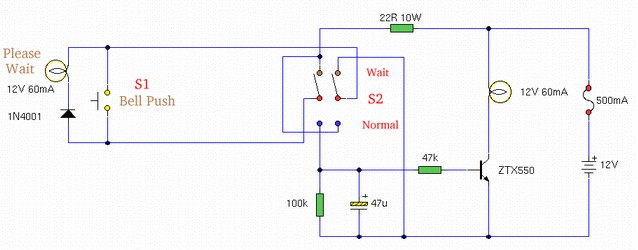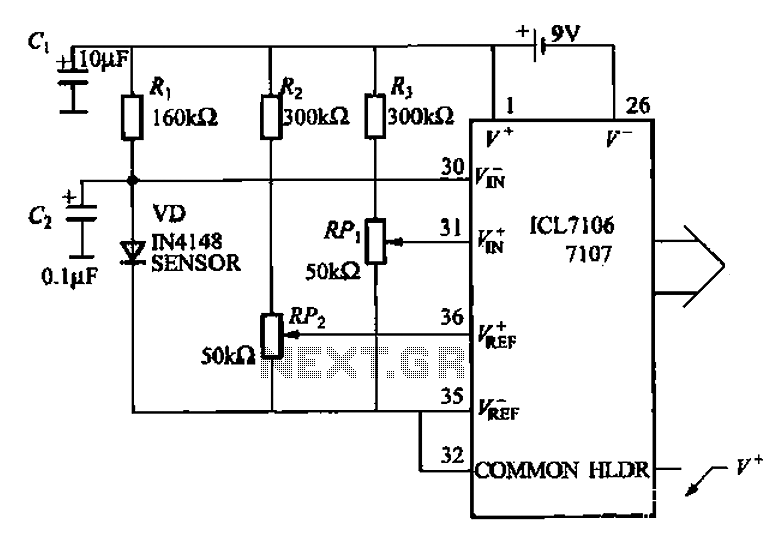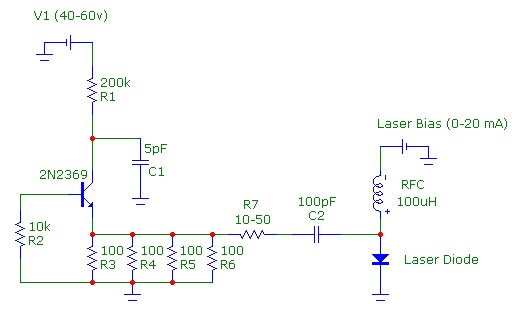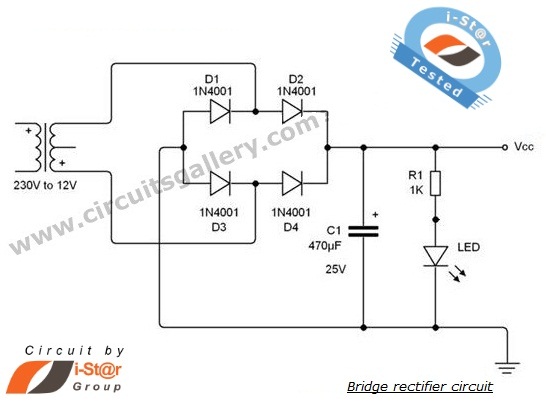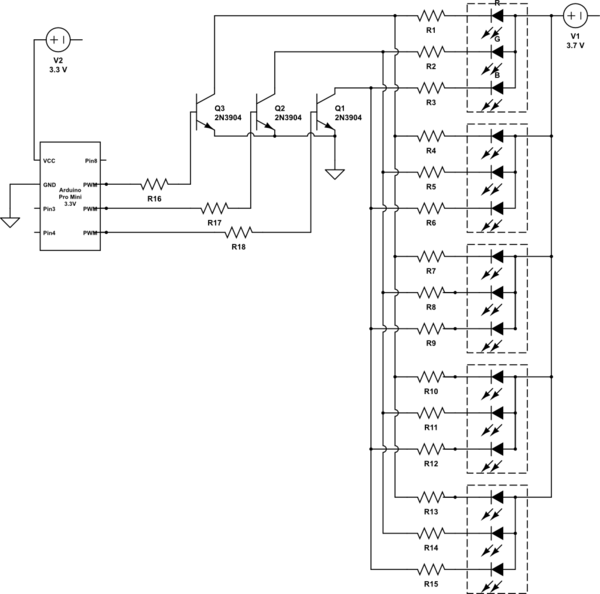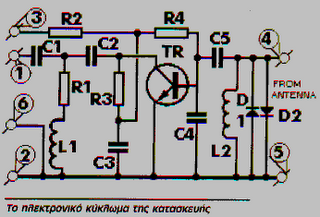
Transistor and diode tester
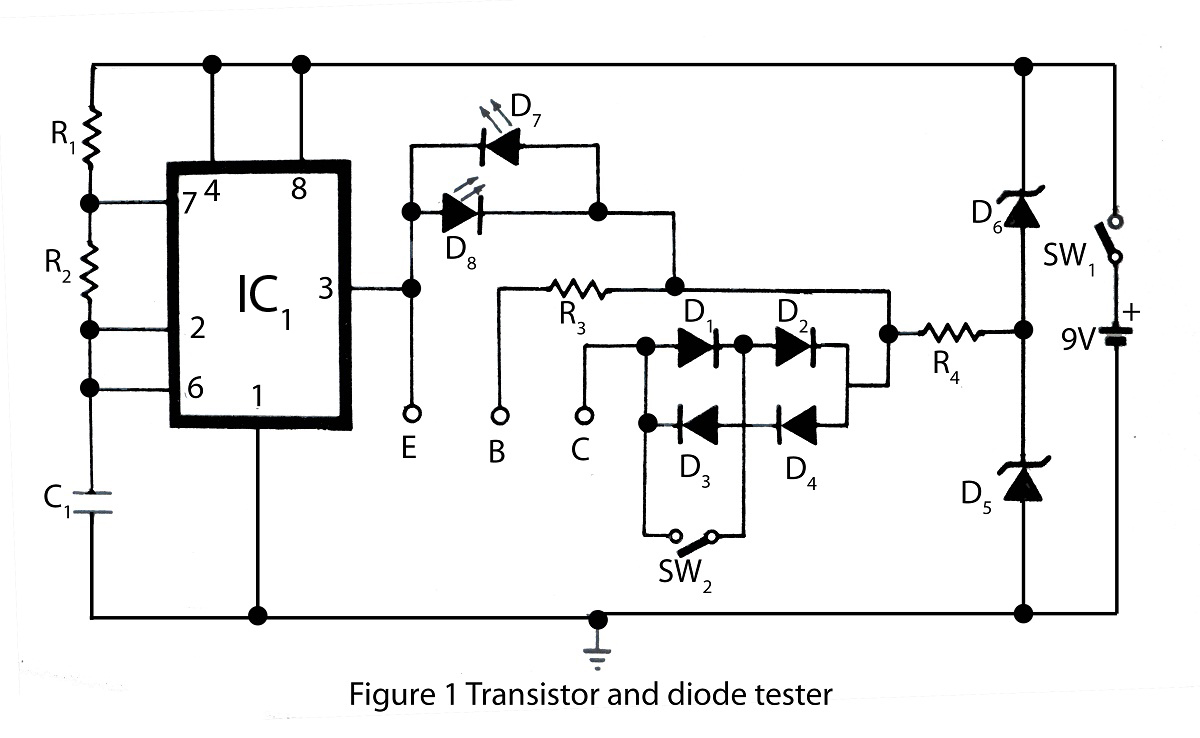
The transistor and diode tester available on this website is specifically designed for testing all types of transistors. Utilizing the principles of diode testing, it can also be used to check diodes. Various types of testing circuits can be found here.
The transistor and diode tester is an essential tool for electronics engineers and hobbyists, allowing for the evaluation of semiconductor devices' functionality. This device typically incorporates a microcontroller or an integrated circuit that enables users to perform tests on bipolar junction transistors (BJTs), field-effect transistors (FETs), and diodes.
The testing process generally involves applying a small voltage to the device under test (DUT) and measuring the resulting current flow. For transistors, the tester can determine parameters such as current gain (hFE), threshold voltage, and the type of transistor (NPN or PNP). For diodes, it checks forward and reverse bias characteristics, ensuring that the diode conducts in one direction while blocking in the other.
The schematic of such a tester would typically include a power supply circuit, a microcontroller for processing the test results, and input/output interfaces for connecting the DUT. The power supply could be derived from a battery or an external source, providing the necessary voltage levels for testing. The microcontroller would interface with analog-to-digital converters (ADCs) to measure current and voltage levels accurately.
Additionally, the testing circuit may include a series of resistors to limit current flow, as well as indicators such as LEDs to provide visual feedback on the test results. The user interface might consist of buttons for selecting test modes and a display for showing the results, which could be implemented using an LCD or OLED screen.
Overall, this transistor and diode tester not only simplifies the process of testing semiconductor devices but also enhances reliability and efficiency in electronic troubleshooting and development tasks.Transistor and diode tester in this website is specially design for testing all kind of transistor .using diode principle diode can also be checked.various type of testing circuit you found here . 🔗 External reference
The transistor and diode tester is an essential tool for electronics engineers and hobbyists, allowing for the evaluation of semiconductor devices' functionality. This device typically incorporates a microcontroller or an integrated circuit that enables users to perform tests on bipolar junction transistors (BJTs), field-effect transistors (FETs), and diodes.
The testing process generally involves applying a small voltage to the device under test (DUT) and measuring the resulting current flow. For transistors, the tester can determine parameters such as current gain (hFE), threshold voltage, and the type of transistor (NPN or PNP). For diodes, it checks forward and reverse bias characteristics, ensuring that the diode conducts in one direction while blocking in the other.
The schematic of such a tester would typically include a power supply circuit, a microcontroller for processing the test results, and input/output interfaces for connecting the DUT. The power supply could be derived from a battery or an external source, providing the necessary voltage levels for testing. The microcontroller would interface with analog-to-digital converters (ADCs) to measure current and voltage levels accurately.
Additionally, the testing circuit may include a series of resistors to limit current flow, as well as indicators such as LEDs to provide visual feedback on the test results. The user interface might consist of buttons for selecting test modes and a display for showing the results, which could be implemented using an LCD or OLED screen.
Overall, this transistor and diode tester not only simplifies the process of testing semiconductor devices but also enhances reliability and efficiency in electronic troubleshooting and development tasks.Transistor and diode tester in this website is specially design for testing all kind of transistor .using diode principle diode can also be checked.various type of testing circuit you found here . 🔗 External reference
